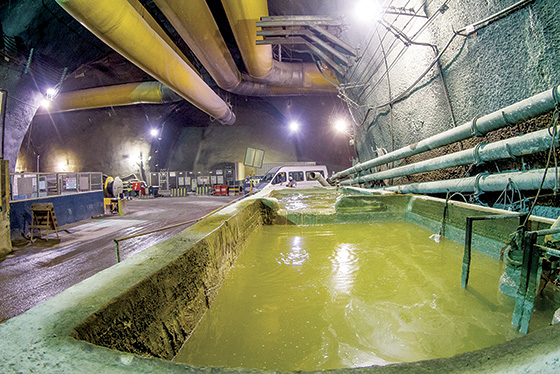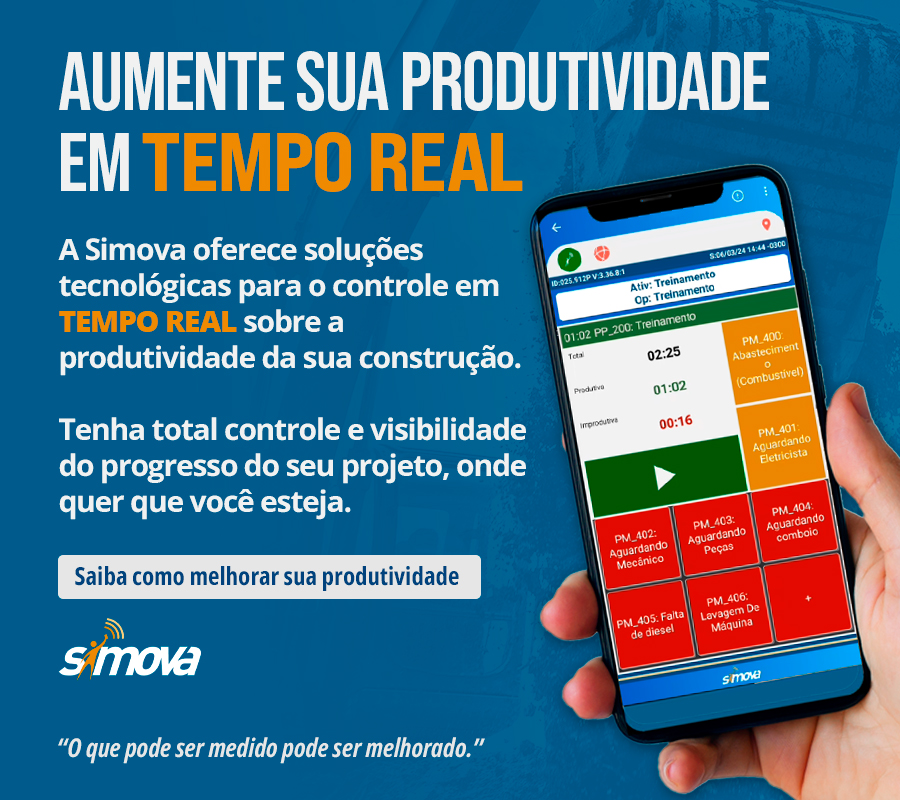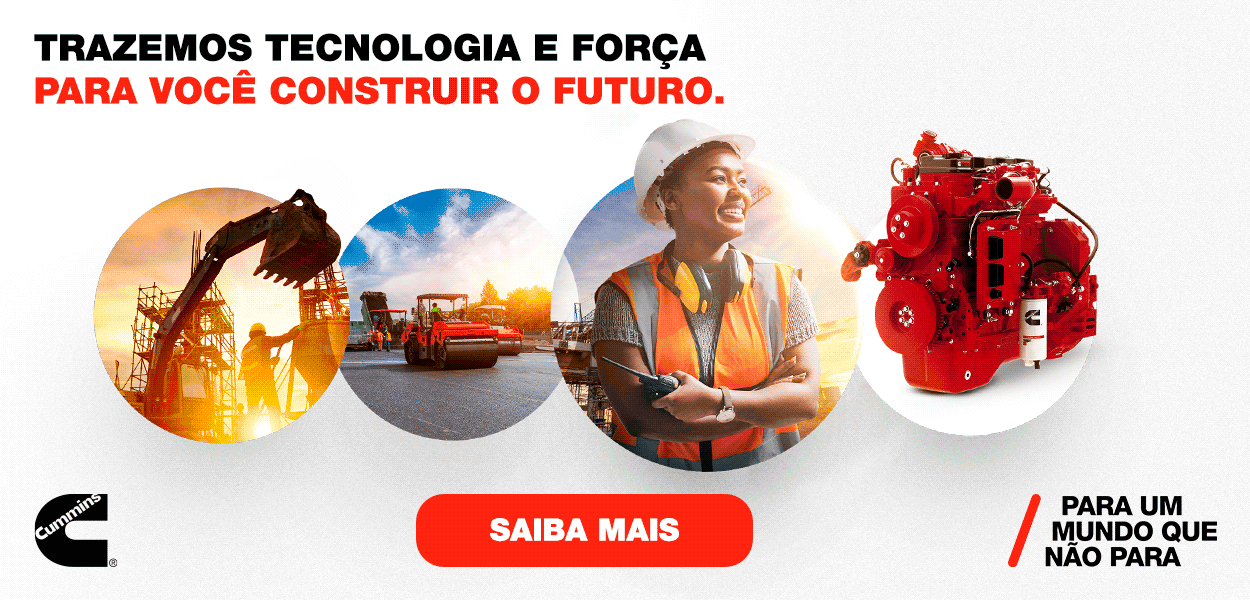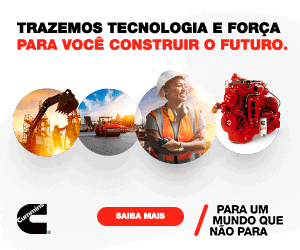Not a drop above the necessary

Works of Line 4 of Rio de Janeiro subway are reusing about 200 million liters of water
In times of water crisis and of discussions about the rising consumption of water, the consortiums Linha 4 Sul and Construtor Rio Barra, responsible by the works of Line 4 of Rio de Janeiro Subway (Barra da Tijuca – Ipanema) show that it is possible to preserve this important resource even in a project of such complexity. In the construction of the 16 kilometers of the new line, the concern with the environment is constant. For example, the water that is used by drilling equipment and the water which comes from tunnel excavation between Barra and Gávea is treated and completely reused. From 2011 on, about 200 million liters passed through the stations of this section, what would be enough to supply 18300 thousand homes during one month.
In this sustainable cycle, water is also used to wash machines, trucks and vehicle tires that pass through the worksite, as well as to wet worksites and surrounding streets to reduce the dust generated by the works. This will minimize the total of particulate material in the air and consequently the discomfort for the community.
The idea of water reuse came from the jumbo, main equipment that carries out rock drilling to place the explosives. This machine uses 10,000 liters of water per hour. After being used by the equipment, the water goes through decanters located each 300 meters, first stage of treatment plants, in a cycle that prevents waste. Then it is used again by the equipment.
In the Southern Zone of Rio, two effluent treatment plants (ETEs) process approximately 130,000 liters of water per day. In the worksite of the station Antero de Quental, in the district of Leblon, the water of water table lowering is used to wet the streets. This reduces dust and contributes to maintain the neighborhood clean. To avoid that trucks leave the worksite carrying dirt to the streets, the engineers created the “wheel washer”, a simple measure of care with the city. The water used in the process goes through four decanters, then returns to the treatment system and restarts the cycle of reuse. There is one unit per service front.
Another conscious action carried out in the works is the reuse of jet grouting to produce bricks and to pave the worksite. Jet grouting is a technique of soil improvement carried out directly inside the terrain with no previous excavation. The process uses one or more high-speed (250 meters per second) horizontal jets. Their high kinetic energy is used to disaggregate the structure of the terrain and to mix cement slurry with the particles of disaggregated soil, creating a material with better mechanical properties and with lower permeability than the previous soil. ”Since the water used in the process of jet grouting cannot be reused, we use at least the final product for some works, instead of other materials. This generates reuse and economy in the worksite”, says Enrico Pedroso, one of the engineers of the works. The reflux is used to produce bricks, through its application in wood forms. The current production is 198 bricks per day. These bricks are used in several places of the worksite, for example to mark parking spaces and pave the living area.

Av. Francisco Matarazzo, 404 Cj. 701/703 Água Branca - CEP 05001-000 São Paulo/SP
Telefone (11) 3662-4159
© Sobratema. A reprodução do conteúdo total ou parcial é autorizada, desde que citada a fonte. Política de privacidade













